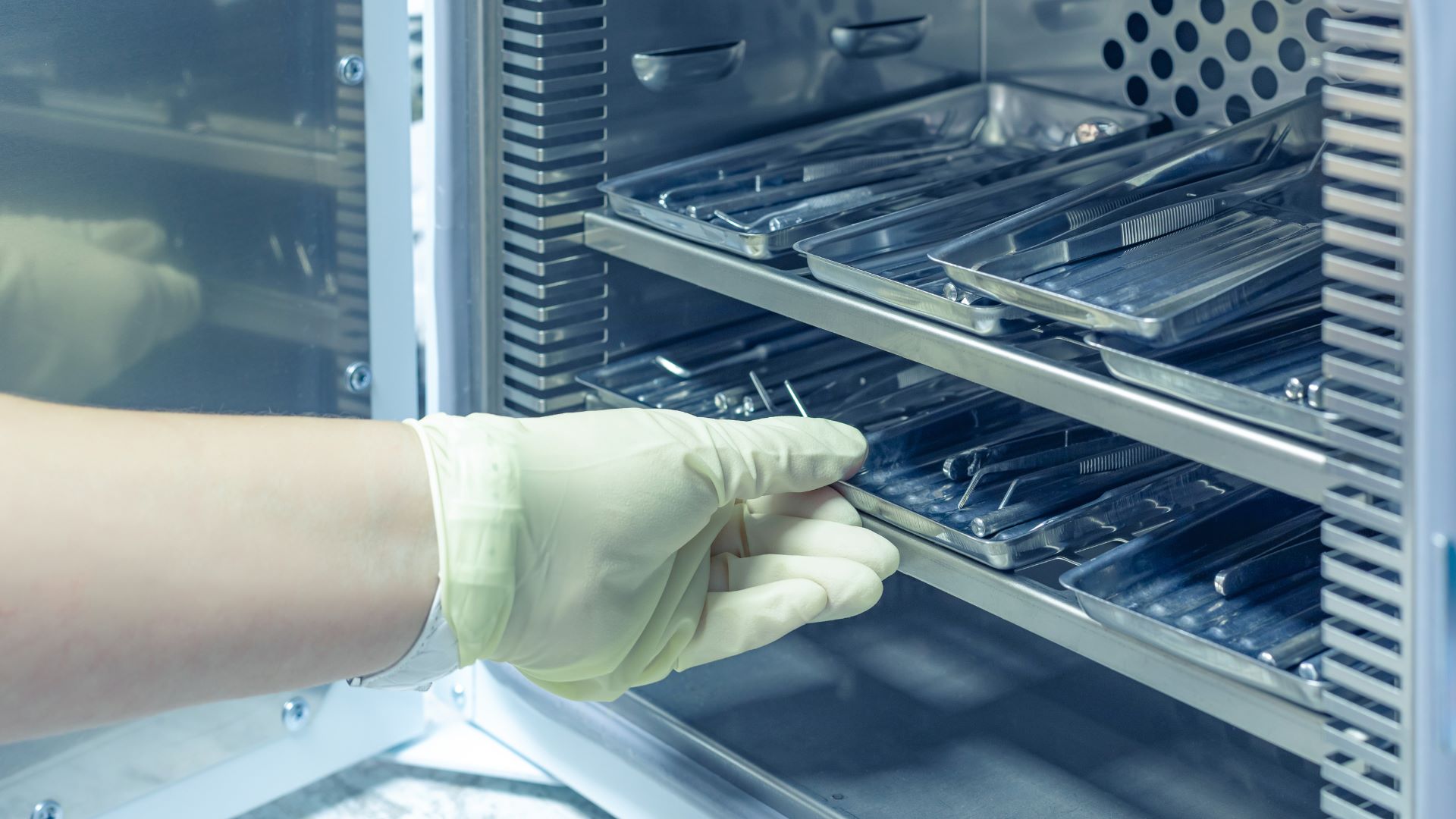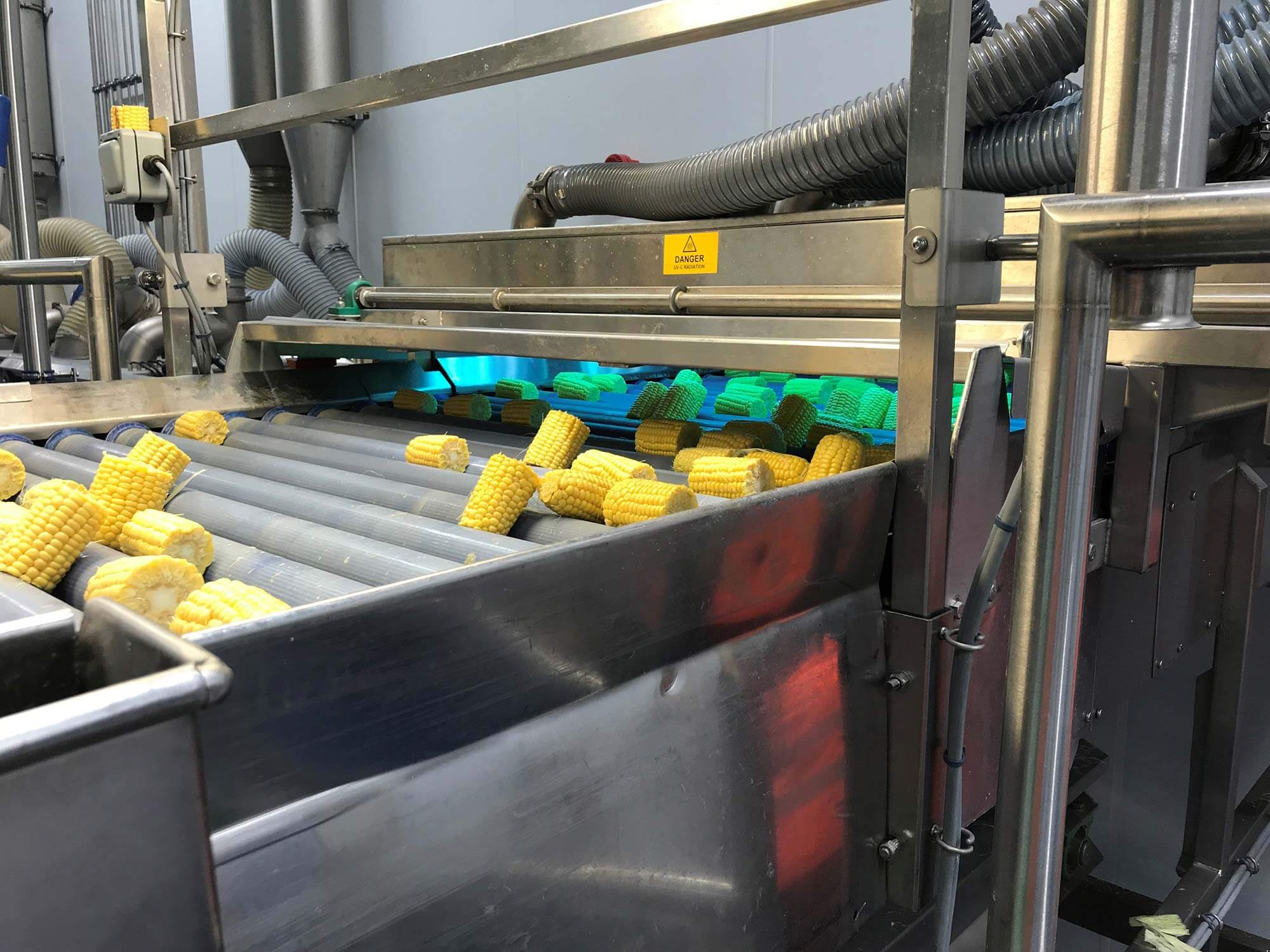Frequently Asked Questions
Got a question about UV?
Do you need advice about a unit, lamp, spare part or how UV actually works?
Here are some frequently asked questions, but if you can’t find the answer to your question then please do not hesitate to contact us.
UV gets rid of germs and bacteria in air, water and on surfaces and makes it safe to breathe, drink, touch etc. This is the essence of what we do at UVO3.
UV works by inactivating the DNA of cellular organisms. In short, when UV light collides with DNA it breaks down the helix that makes it. This means the bacteria can’t split in two. Because the life of a single germ is usually measured in minutes or less and it usually relies on reproduction to sustain numbers, UV can be seen to take effect very quickly. Once the germ has passed through the UV unit and is dead, more bacteria can only be introduced from other sources. Therefore if we were sourcing a UV unit for a single tap, we would put it as close to the tap as possible.
UV light doesn’t kill or sterilise bacteria, it only makes it unable to reproduce. It’s basically the same thing but can only be quoted being up to 99.99% effective. It also doesn’t get rid of what’s left after the bacteria dies, it isn’t vaporised.
You want your UV unit as close to your water outlets as possible.
On a single outlet, you will want the unit under the sink. Having it in your loft would mean there’s more opportunity for bacteria to enter the supply through any tiny imperfection in the pipework. This wouldn’t usually be a problem but if the bacteria finds a little space to multiply in the effect of having a UV unit will be ruined.
For a multi outlet setup, say the whole kitchen with dishwasher, washing machine and taps, the UV unit will ideally be at the very last point before the pipe branches off to feed these separate appliances. Normally this would be under the floor so a nearby cupboard will be the usual place to put one.
If you’re looking at a commercial unit the same applies, as close to the end as possible. There are no exceptions to the rule, only more convenient solutions for the user.
Imagine that tiny specs of dirt, hardly visible to the human eye are as big as a tennis ball. Now, because UV can only shine on the outside shell of the ball, everything inside it is hidden from being exposed to the UV light. Only bacteria on the surface will be treated.
Back to real life sized dirt and the same thing happens, bacteria can take refuge inside all kinds of particles in the water. Alongside this, if bacteria are close enough to one of these particles it can be hidden in its shadow during the treatment process. A very lucky bacteria I’ll grant you but one we take into consideration none the less. We get around this by placing pre-filters in series before UV treatment. Due to the absence of these particles in the supply when it reaches the UV reactor, the bacteria present has no place to dodge UV exposure. This means that all of the supply passing through the unit will receive at least the minimum dosage the unit was installed to provide.
For a full explanation please see our blog on the subject: https://www.uvo3.co.uk/how-does-uv-affect-legionella/
Filters on an average supply will need changing every 2-6 months depending on the area you’re in. The easiest way to spot your filter needs changing is when you notice a drop in water pressure, this means your filter is clogged up, a lot like your vacuum cleaner.
Some things are more resistant to UV exposure than others. This has nothing to do with its DNA, this will react the same way to UV exposure in every instance. More so, the structure that surrounds the DNA has different properties in every instance.
E.coli and Endospores are examples at both ends of the spectrum.
E.coli, while slightly resistant to atmospheric levels of UV, the unicellular structure of E.coli does little to protect it from even a slight over exposure to UV. Receiving a standard dosage from a water based UV unit will decimate an E.coli presence.
Endospores on the other hand are the opposite. Endospore is the name for the state that certain bacteria hibernate into, not the bacteria itself. When in this state the bacteria have hunkered down for the long run, waiting for favourable conditions. Endospores thick outer layers are resistant to temperature, chemicals and, UV radiation. These can survive in boiling water for hours, as well as being able to shrug off 99% of your 99.99% kitchen cleaning products. Luckily, they will be picked up by a simple water test and while resistant, the thick wall is made of a mesh of proteins that are broken down with UV. While these would need over 10 minutes of contact time with a concentrated bleach solution (According to Wikipedia), an upgraded UV setup will destroy them to the same standard in a fraction of the time.
It’s the local water supplier’s job to make sure the water they’re providing gets to you in a safe and palatable manner.
No, you don’t ‘need’ a UV unit in your house, the water board will be doing its best to make sure the water you buy from them gets to you in a suitable state. 99% of the time they will.
Anything that’s living in your water supply, whether it be little bacteria or organic matter, will be changed. Organisms will have their ability to reproduce put on stop and organic matter will have assistance in breaking down (like bacteria, some organic matter will more, and some less reactive to UV) this could actually make your water taste and smell better.
Mineral content will be unchanged, UV has no effect on the actual make-up of your water, nothing is added, and nothing is removed. This also means that if you have bits in your water then UV alone will not get rid of them, a UV unit is not a filter.
UV being a physical treatment process (as opposed to a chemical one, like Chlorine) means that it’s impossible to overdose on UV. You can never kill too much bacteria and once the water is out of the reactor there is no after-effect from it (also one of the negatives of UV).
In summary, if you pass water through a UV unit, you will be left with pretty much the same water minus any bacteria that might have been in it.
A UV transmission value or T10 is the percentage of UV light will make it from one side to the other when travelling through a 10mm gap. To us, this means we fill a 10mm square vial with the fluid being tested. When the vial is put into the testing unit, one side of it has a UV light emitter, the other a UV receiver.
The higher your T10 value the more treatable the source by UV. UV will penetrate much further in water with a high T10 meaning flow through the chamber can be faster or the unit can be more compact and cost less to run. With a low T10, the fluid will still be treatable but a higher power lamp will be used alongside a smaller diameter chamber. This means the water furthest away from the lamp is still pretty close and getting a hefty hit of UV with it.
For a fuller response see our blog: https://www.uvo3.co.uk/what-is-uv-transmission/
Shadowing is when light cannot penetrate a solid object. The light might see the other side of a dirt particle travelling in a UV chamber eventually, but it will never shine on the nucleus of that clump of dirt. Bacteria are more than capable of getting inside particles that are in the water supply. Passing through a UV chamber will have absolutely no effect on the hidden bacteria, only the ones that are exposed to the UV light.
So how do we combat against this? Filtration!
Once we know how big the dirt is that the germs are hiding inside, we can filter down to that level. We would usually protect the UV unit against big lumps of rubbish using a filter anyway, we can just adjust the tightness of the filter to remove the dirt. Then no bacteria will have the chance of hiding while passing through the reactor.
A UV lamp should replaced yearly – here is a step by step guide on how to remove a UV lamp and add a new one.
A quartz sleeve should be regularly checked for imperfections whenever you change your UV lamp. We also recommend that you clean the sleeve before using a new UV lamp so that you can make sure that your UV unit is working to the highest standards.
You will need to reset the hour count on a Van Remmen UV disinfection unit after you have replaced the UV lamp. James will show you how to do this in the following video.
By following these few simple instructions, the ballast will not only stop beeping at you but will also give a 365 countdown for your new lamp. Although this refers to a BA-ICE-S ballast, the instructions are the same for the SP Platinum series as well, your reset button is the little display window on top.
Method:
- Firstly, turn off your UV ballast from the power.
- Now hold down the reset button on the side, keep it held down.
- Now turn the main power back on. Yes, you still have the reset button held.
- Wait for the RSET display and the single beep after about a second
- Release the reset button
See the following helpful video for a step by step demonstration.
An over temperature safety sensor or TSS, is simply a thermometer that reads the fluid temperature in your UV chamber. The temperature isn’t shown to the user on the display but the temp levels can be set by the individual.
If you use a UV unit for a single, large application like rain water harvesting but your use is intermittent (there is only flow through your system when rainwater is being processed), where there will be the same water sitting in the UV unit for a while, the lamp will have enough time to heat this water up.
This is OK up to around 40°C, after that you’d be looking at burning hot water coming out the other end that can damage the UV unit, things in your pipe work setup and more importantly the person who turned the tap on.
A TSS will detect that the water is getting hot and at 40°C will activate automatically. Once it gets back to an acceptable temperature the lamp will be switched on again.
A UV lamp will typically last for about 9,000 hours or 1 year. After this, the UV lamp will still be on (you can still see the blue light) but it won’t give out an appropriate UV dose. Therefore it is important to replace your UV lamp yearly.
Most UV units will operate a warning system to tell you when you need to change your lamp, but it is best to work to 12 months, so make sure you order a spare and have it ready for when the time to replace it comes. If you don’t replace the UV lamp regularly then you could be consuming bacteria via your drinking water.
*Please note: some amalgam/commercial lamps are rated at 18,000 hours
Here James will show you how to replace the UV lamp in your Atlas UV unit.
How to videos
If you can’t find what you’re looking for, then please get in touch.
Our blog
Here are our latest articles and useful information from our blog.

UV03 to Showcase Advanced UV Technology at the Installer Show 2024
We are thrilled to announce that UV03 will be showcasing our cutting-edge UV technology for the water industry at the prestigious Installer Show 2024. Join…

Safe spraying and irrigating, even during periods of drought
Van Remmen UV Technology and UVO3 help British agricultural companies produce safe food. With the Agri systems, they meet increasingly strict requirements, even with increasing…

What applications can UV disinfection be used for?
UV disinfection has a wide range of applications, and its benefits have been utilised in various industries. UVO3 explore the applications of UV disinfection in…

